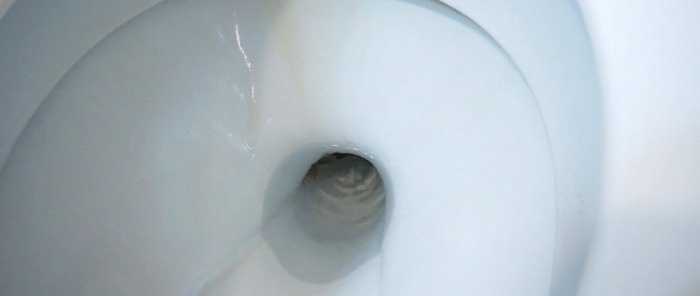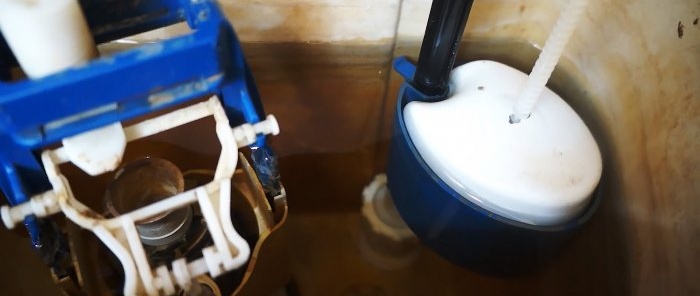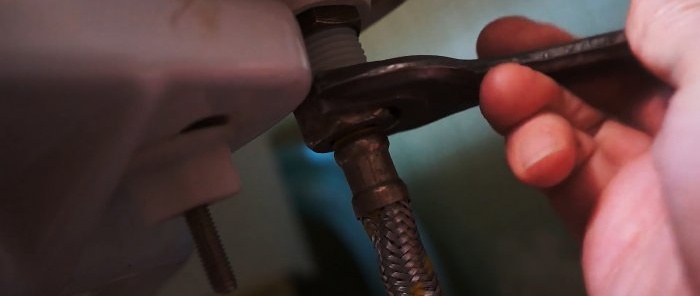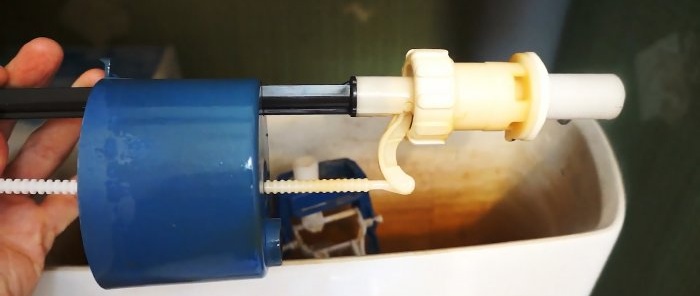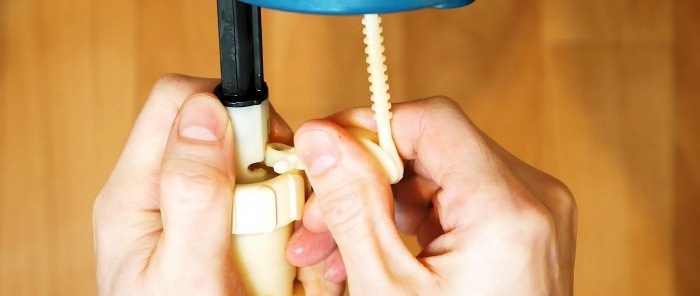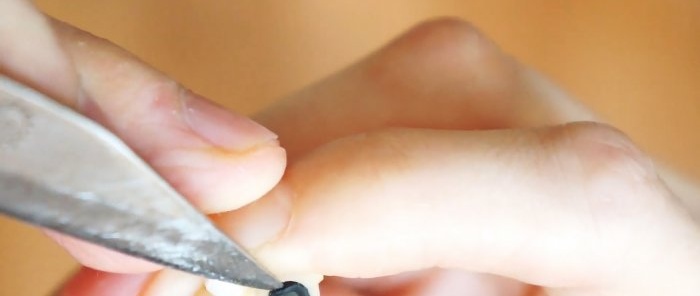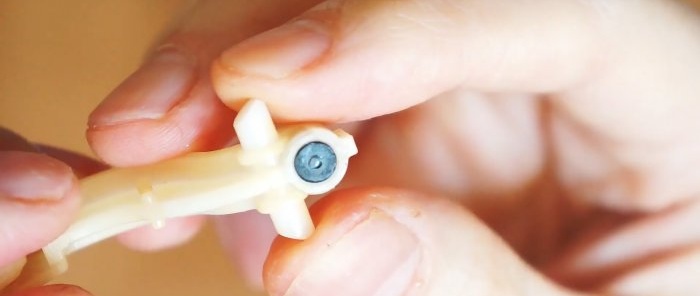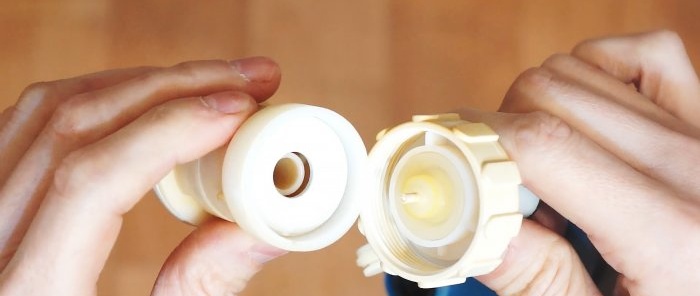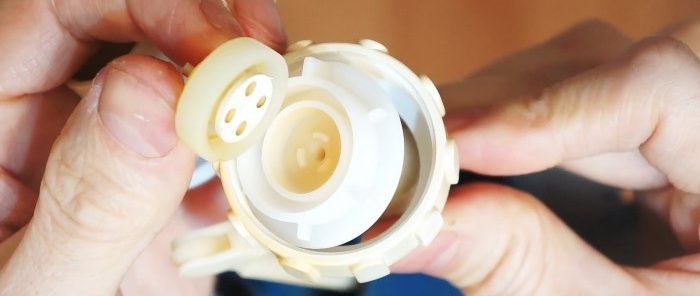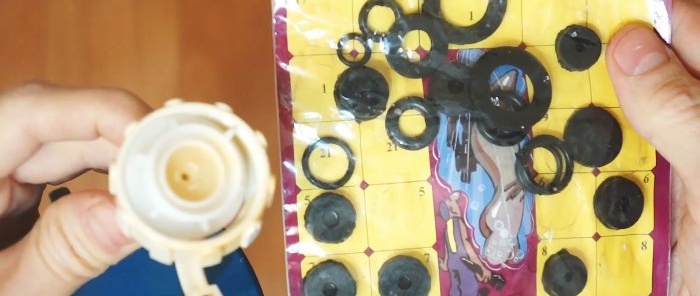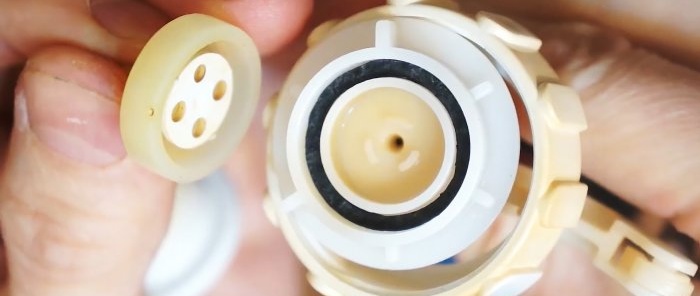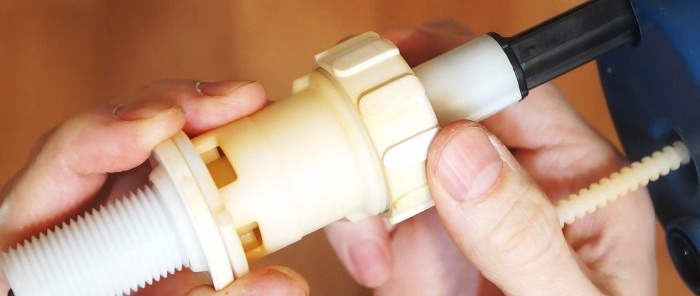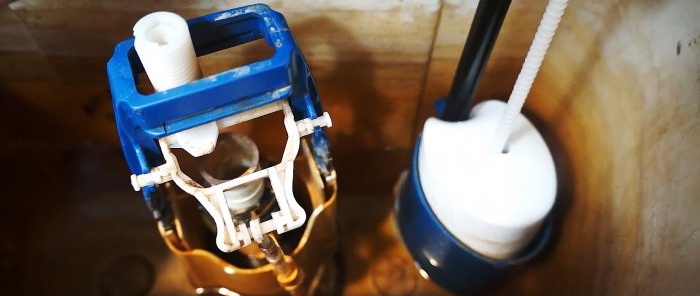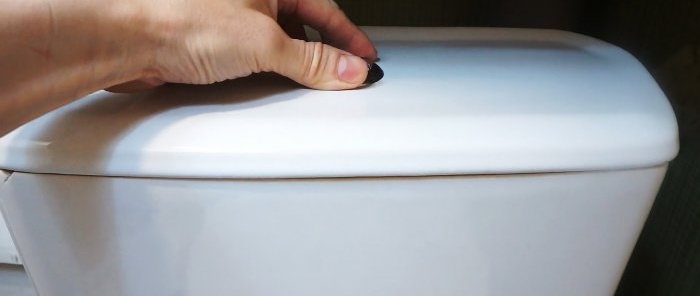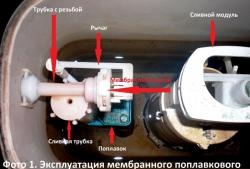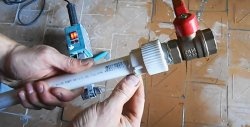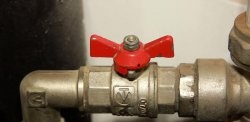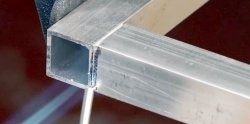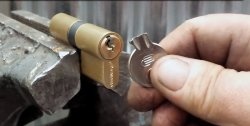The tank overflows and water flows in the toilet. A simple solution to the problem
If your water meter begins to consistently show higher monthly consumption than usual, then there is a constant water leak in your system. The toilet tank often leaks. Water imperceptibly continuously flows into the bowl, which is difficult to notice unless you look closely. A leak can be identified by the presence of ripples in the water in the bowl. If you find yourself with such a problem, it can be solved fairly quickly.
What you will need:
- Adjustable wrench or open-end wrench 22x24 mm;
- bicycle tube or rubber ring;
- scissors.
The process of repairing a toilet when overflowing
The first step is to turn off the water to the toilet and remove the lid from the tank.
Then press the drain and unscrew the flexible liner. Next, you need to unscrew the nut that holds the filler fitting.
It is necessary to remove the filler fitting with the float, since in most cases the reason is in its inlet valve. It does not hold water, so it rises little by little and flows down through the overflow.
To access the valve, you need to disconnect the float lever. Then it is pulled out along with the rod.
There is a rubber gasket on the lever that, when pressed, blocks the flow of water.
If it is severely deformed, it can be turned over to the flat side. Then it will press correctly and the flow will stop.
Next, unscrew the union nut on the valve.
Underneath we will find a sleeve and a soft membrane that is adjacent to it. If they are not pressed tightly, then the tank leaks. In addition, the membrane must still fit tightly into the inlet tube.
You can ensure a tight fit of the membrane by placing a soft rubber gasket under it. It is easy to cut from a bicycle tube or an O-ring of the appropriate size.
After installing the gasket, the intake valve is reassembled.
Now it needs to be configured. You need to blow into the water supply tube. When the valve is open, air should flow through, and if you move the float and close it, then everything should be sealed. Since the gasket slightly changed the height of the membrane extension, for everything to work, the plastic cap nut that secures the valve must not be fully tightened. When checking, we adjust it so that everything works as it should.
The filler fitting can now be installed back into the tank. We connect the flexible line and check. With the gasket and proper adjustment of the nut tightening, there will be no leaks.

